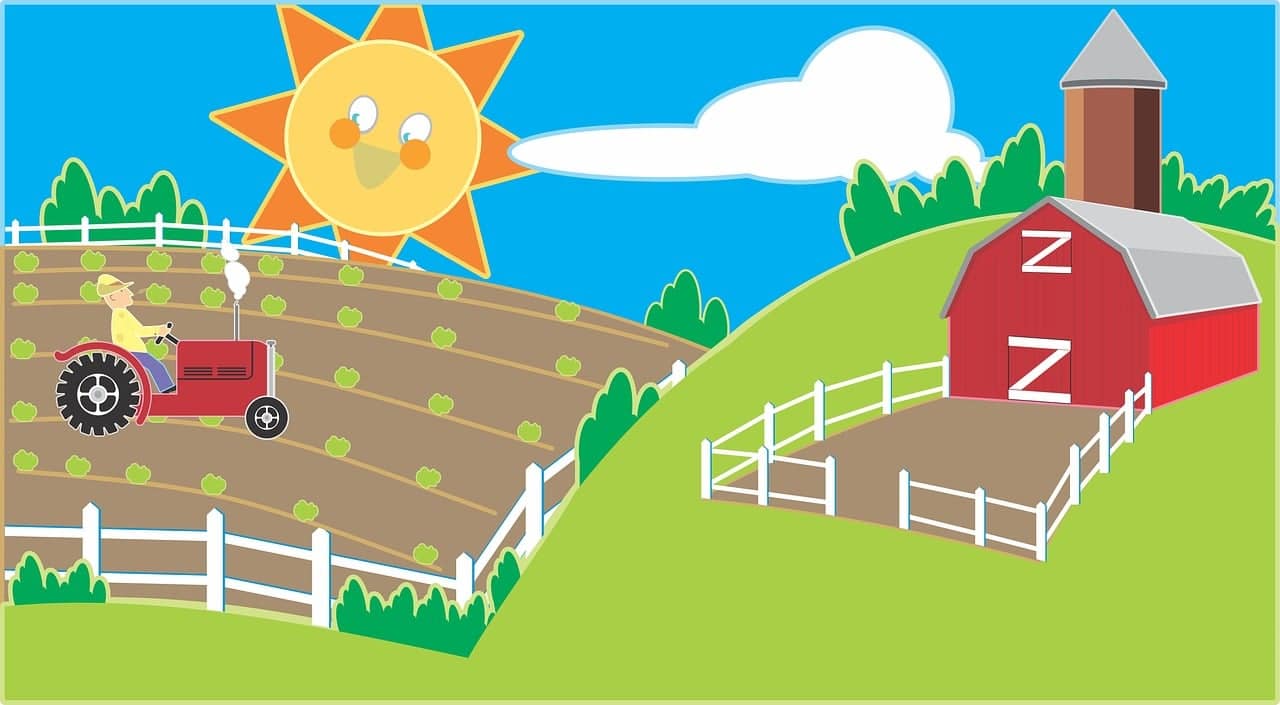This post may contain affiliate links. Probably doesn’t, but it might. It doesn’t cost you anything extra but if you use these links to buy something, we may earn a commission.
This post may contain affiliate links. It doesn’t cost you anything extra but if you use these links to buy something, we may earn a commission.
Small farms can struggle when pitted against large farms. Economy of scale definitely favors larger farms. Remember, it is not how much revenue the farm brings in that matters. It is how much you are able to keep after expenses. Feeding your family, working from home, growing things, and providing high quality produce are all great. You need to make some money so you can go out and do it again tomorrow.
Small farms can be very competitive in other areas, however, especially when it comes to quality and fresh.
Most small farms are DTC—Direct To Consumer. This gives us the advantage of going from farm to table quickly, often within 24 hours. Produce is not traveling for a week across the country. Because we can offer very fresh produce, the quality is dramatically better than what can be offered in large stores.
The other area where small farms excel is in specialty products, niche markets, and produce that is difficult to stick in a clamshell. Often these products are too fragile for shipping—think heirloom tomatoes and figs, for instance—or are perceived as too small of a niche market. Many fresh greens are considered “specialty” produce and no longer carried in grocery stores—including leaf lettuce and romaine.
As a small in acreage farm (5.5 acres), we offer fresh herbs to our customers. If we are out, we can go out and cut some more. That is a service a large store cannot match! Our herbs have minimal packaging, are fresh cut daily, and we offer a smaller quantity so that the customer does not have leftovers turning to mush in the refrigerator.
There are many possibilities in growing and selling plants. You can grow by starting seeds, or getting plugs and transplanting into larger pots, or buying ready to sell pots from a regional nursery.
Here are some crops to consider.
Herbs, bamboo, ground covers, landscaping trees and shrubs, perennials and native perennials, ornamental grasses, woody ornamentals, and Japanese maples (broad leaf and cut leaf) are a few niches to consider in the plants area. Start small, with a nice selection, and talk to your customers. See what they like and what else they would like.
You do not have to do everything! Look around in your area. Is there a gap that you can fill? What fits with your space, time, and resources? Excel in one or two categories.
Have you considered “value added” plants? This could be bonsai or table top Christmas trees, dried flowers, or winter wreaths. By definition, you will put more of your time into these. Consider space, resources, market demand.
There are many ways to incorporate flowers into your farm.
One – as plants for sale, whether annuals, perennials, or native perennials.
Two – in decorative combinations, such as hanging baskets or planters.
Three – as cut flowers. You have to watch how much time you spend cutting and arranging the flowers compared to what you can charge for a bouquet. Cut flowers can absorb all the available time!
Again, you do not have to do everything! Look at your space, supplies, resources, and time. What fits well? Cut flowers can be sold to florists or directly to the customer. Cut flowers can be casual farm bouquets or elegant wedding flowers. What works with your schedule, talents, and available time?
Unusual crops can draw customers to you because they cannot find these things anywhere else. Exotic mushrooms, distinctive varieties of garlic, lavender, microgreens, different kinds of basil, fresh figs or raspberries are all possible crops that can set your farm apart from everyone else.
Is anyone bringing oyster mushrooms to the farmers market? Do you have chefs who would love microgreens? Don’t try to take on everything!
Are you interested in making lavender oil, lavender soap, lavender sachets? Some products fall into the “value added” category easily. If you are working by yourself, this may be a way to have products with a longer shelf life.
Apparently, leaf lettuce is now a specialty crop. This gives the small farm an excellent opportunity to provide superb, fresh salad greens for the consumer.
Is there a demand for any of these? Ask your existing customers—they will be happy to let you know if elephant garlic is something they want to try.
Find the crops that fit your farm. That means it has to fit you, your interests, and what gives you pleasure. There is no point taking on a project if it is not profitable for your farm. One of the many beauties of small farms is they are all different! There are as many ways to farm as there are farmers.
If this has been helpful, check out our courses. Growing something in the garden is good for you! We share how we grow on the farm in these courses.
Sign up for our weekly email for insider notes on fruits and vegetables, flowers, and farming.
My family has been farming here for 190 years, and we have lots of tricks that we have learned over the years.
Happy growing and happy eating!
~Ruth





